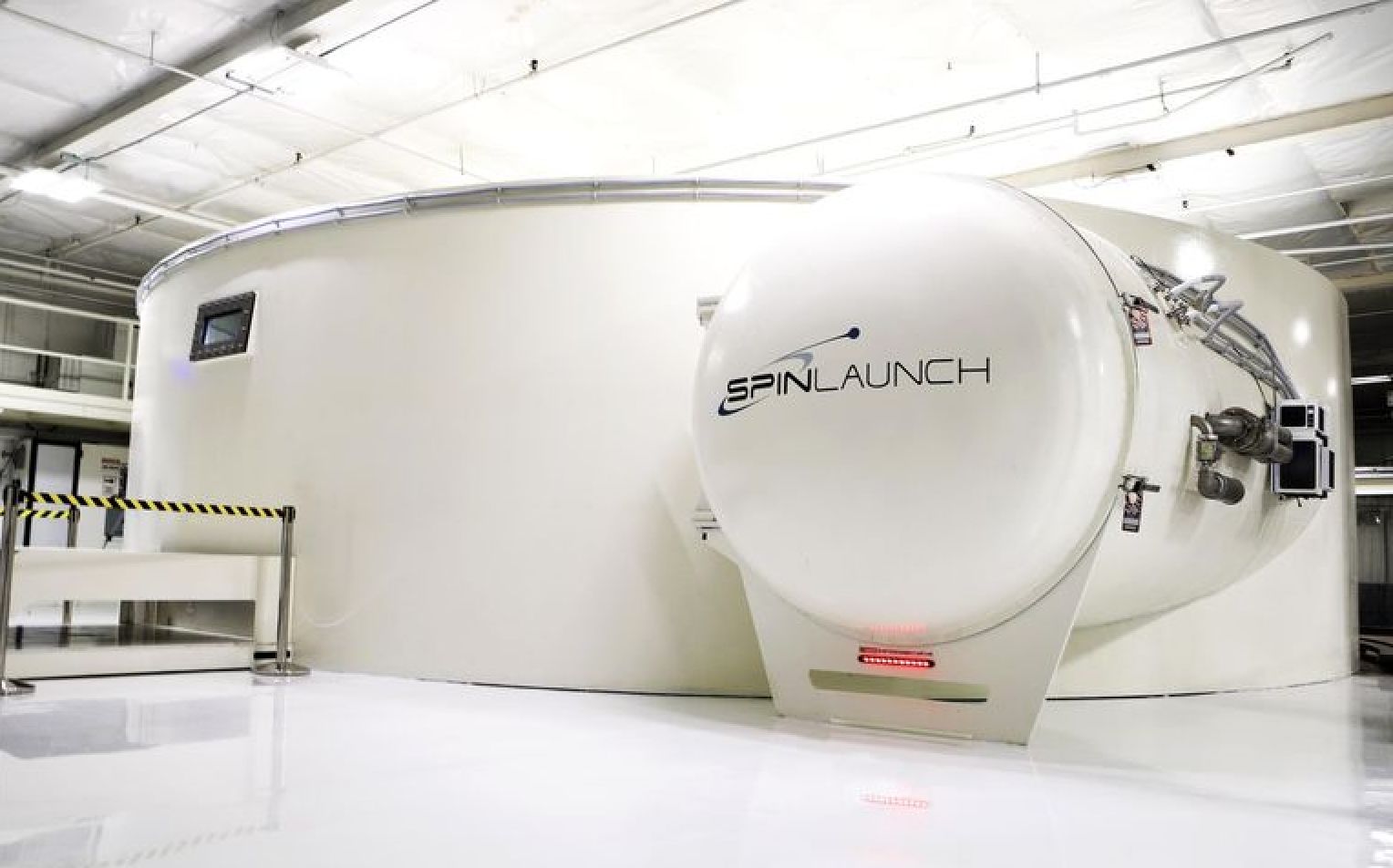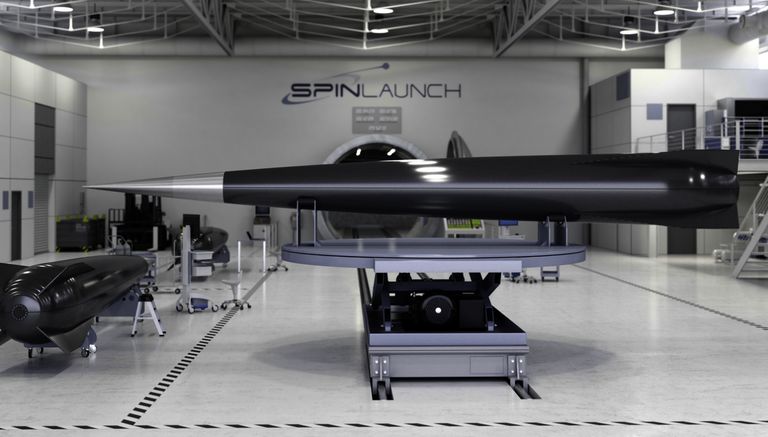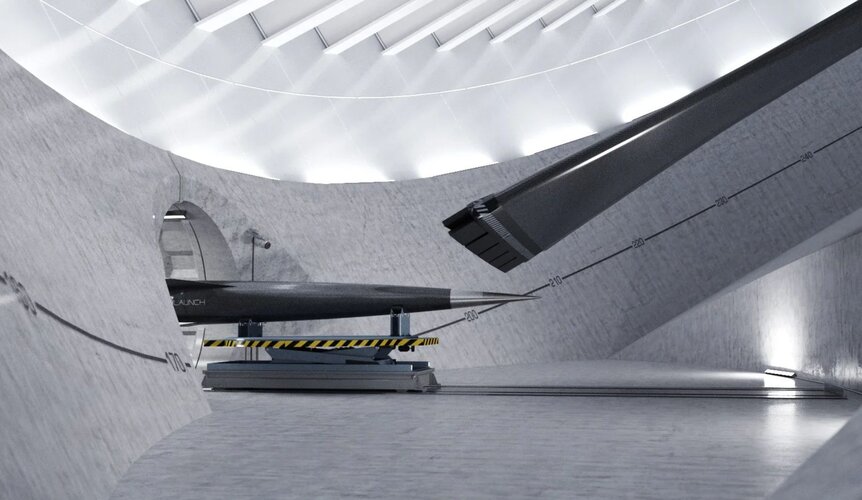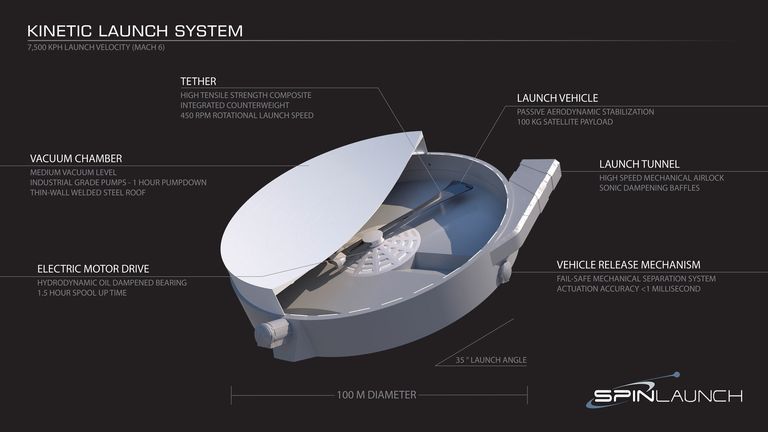Create a free profile to get unlimited access to exclusive videos, sweepstakes, and more!
SpinLaunch's ginormous centrifuge plans to slingshot rockets into space

One of the greatest obstacles in launching spacecraft off our planet is the tremendous volume and cost of fuel required to achieve escape velocity and break out of Earth's gravity well into the vacuum of outer space.
Aerospace firms have offered a number of novel solutions to this dilemma, but we're still stuck with the good old-fashioned method of firing up a rocket engine and blasting ourselves off our spinning rock in a thunderous display.
Hoping to build a better mousetrap, California startup firm SpinLaunch is taking a kinetic energy approach and has lofty plans to construct a football field-sized, vacuum-sealed centrifuge that will accelerate a 25-foot-long rocket to over 5,000 miles per hour, then release it to slingshot into the heavens before its booster engine fires to attain a proper orbital attitude.
SpinLaunch was founded in 2015 by entrepreneur Jonathan Yaney, whose visionary project might have many detractors, but that has not stopped his progress toward completion of the world's largest rocket-slinging machine. Unimpeded by astronomical contractor bids to build a test prototype, Yaney and his team decided to create their own, and in 2016 they finished their first centrifuge. Measuring 40 feet in diameter, it’s far too tiny to fling a rocket into the stratosphere, but the overall basic design is similar.
According to Wired, the mechanics of it are all rather simple. A rocket and its 200-lb max payload are attached to a long Kevlar or carbon fiber tether arm that will spin the vehicle in circles for approximately one hour, gradually increasing speed to over 5,000 mph. At this point the spacecraft will be subjected to a peak force 10,000 times greater than Earth's gravity, something opponents believe will seriously affect its structural integrity and the safety of its complex electronics.
Once launch speed is attained, a small exit port will open to release and eject the craft into the skies, where it will streak toward an altitude of 200,000 feet before a brief burn boosts the rocket to 17,500 mph and into an orbital embrace.
To construct its next prototype centrifuge, which will be three times the size of its California counterpart, SpinLaunch has chosen a suitable spot at New Mexico’s Spaceport America this past spring. Yaney is confident his crew will demonstrate their first suborbital flight tests later this year, flinging 100-pound projectiles out over the neighboring White Sands Missile Range.
This head-spinning technology could potentially reduce the dollars spent on privately delivering small satellites into space by 20 times. Yaney theorizes that the colossal centrifuge will be able to conduct up to five launches a day at the cost of around $500,000 per paying customer.
Although there's still a lot of number crunching to be rectified, someday soon a remote coastal site could be the home of a gigantic white centrifuge catapulting rockets into the heavens at an economical price.
(Via Wired)

















